Heart rate training is a subject which splits opinion. Some coaches swear by it and encourage their athletes to make the most of technology while others see it as a dangerous over complication.
In decades gone by, athletes managed to get results that sometimes overshadow today’s elite, so there’s certainly no need for constant heart rate monitoring but it is something that can allow you to train smarter for endurance events if used properly.
Here, Built for Athletes explores some common advice on training to heart rate and how to use the technology without holding yourself back.
Understand The Purpose Of A Workout
Learning the purpose of what you’re trying to achieve with each workout is probably the most important factor in effective heart-rate-based training. If you don’t take the time to learn the purpose of your session, then you might just be training to arbitrary numbers.
Heart rate is commonly used for aerobic training in which the key figure to surpass is 65 per cent of your maximum heart rate - the intensity which makes the heart become stronger.
Any lower than this level and you will likely fail to achieve the goal of the workout. As heart rate goes higher, the increase in training benefit generally becomes more marginal.
Appreciate The Influence Of Weather
If conditions are hot, this will influence your heart rate.
However, your muscles may not be working any harder than they would be in normal conditions so to continue training at the heart rate you normally do would mean you could be working at a decreased intensity.
For example, there is no strict relationship between heart rate and lactate levels so if a runner is doing a lactate threshold session to heart rate in hot conditions, they might fail to hit their normal speed and fall below the target intensity.
Be Cautious When Using Wrist-Based Heart Rate
Research has shown that wrist-based heart rate monitors are generally not as accurate as chest straps, so to trust what your watch or activity tracker is telling you can be a dangerous game.
It’s best to only train to heart rate if you can be fully confident the data you’re receiving is reliable, so if it’s a path you want to go down then try investing in some extra kit.
Conclusion
In summary, training to heart rate can be an effective tool and provide fun data to look back on. Some athletes prefer to exercise to feel but then afterward review where their heart rate was to make sure they hit the desired intensity.
All the usual rules of training apply though, principal among which is to have a sound understanding of what you’re doing on each workout.




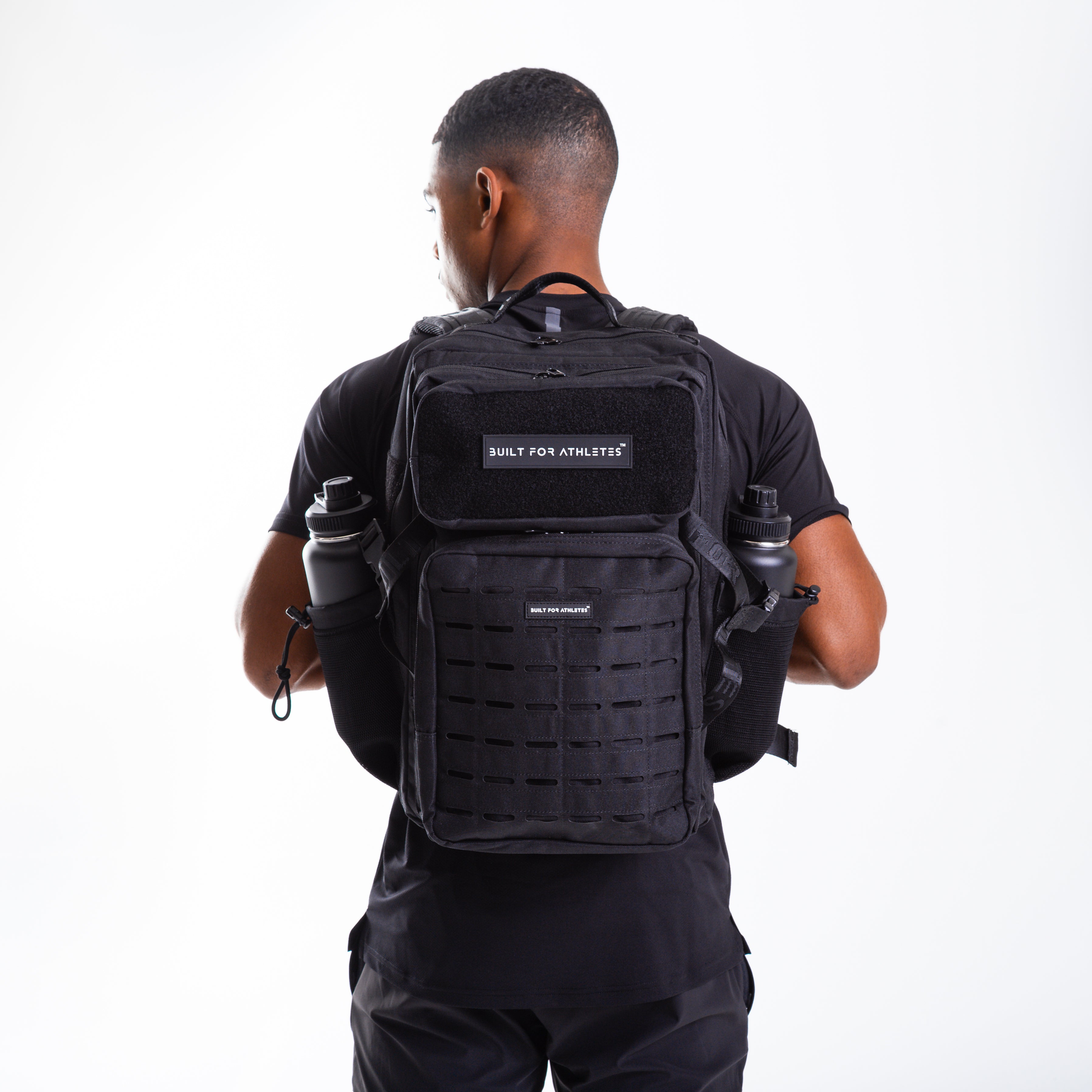
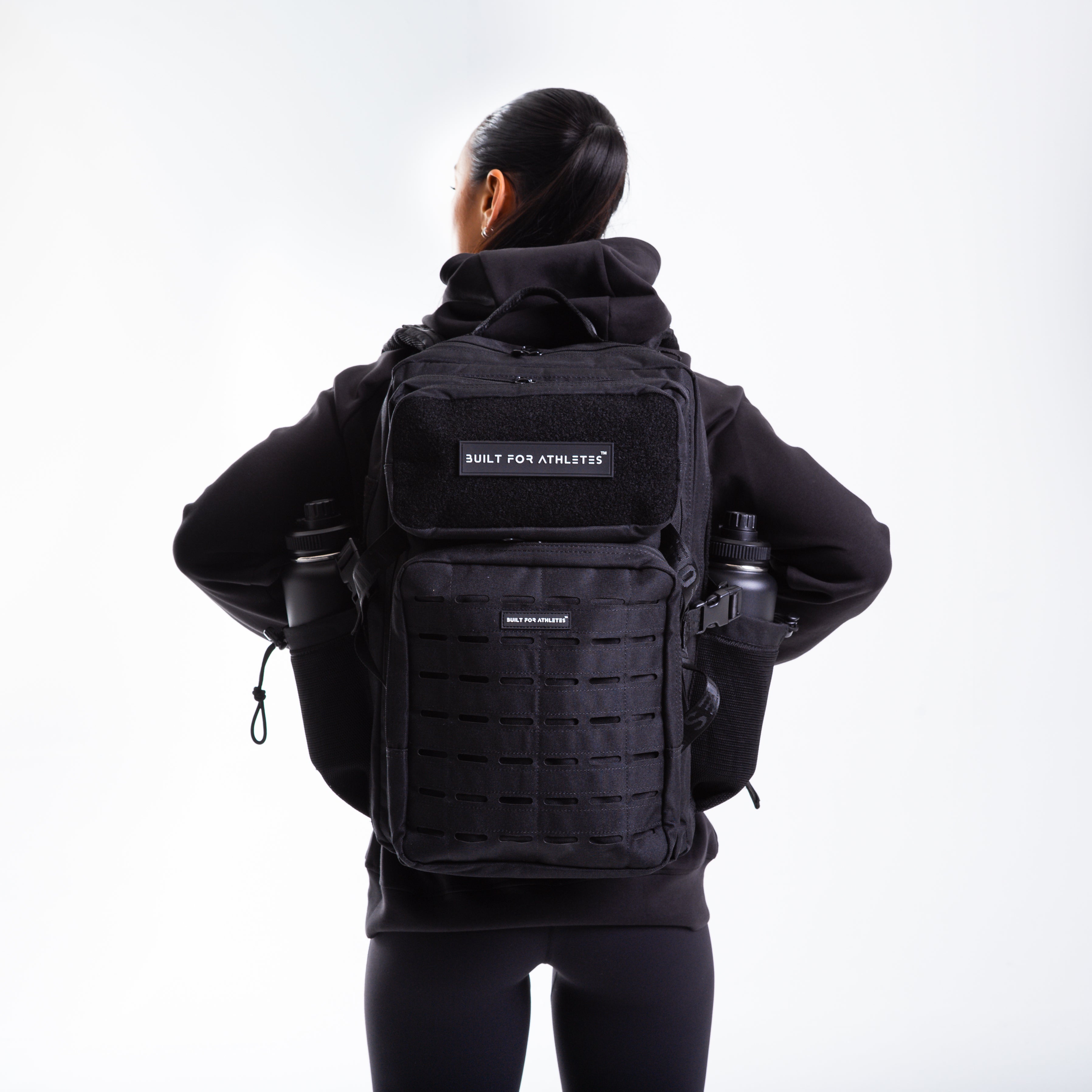
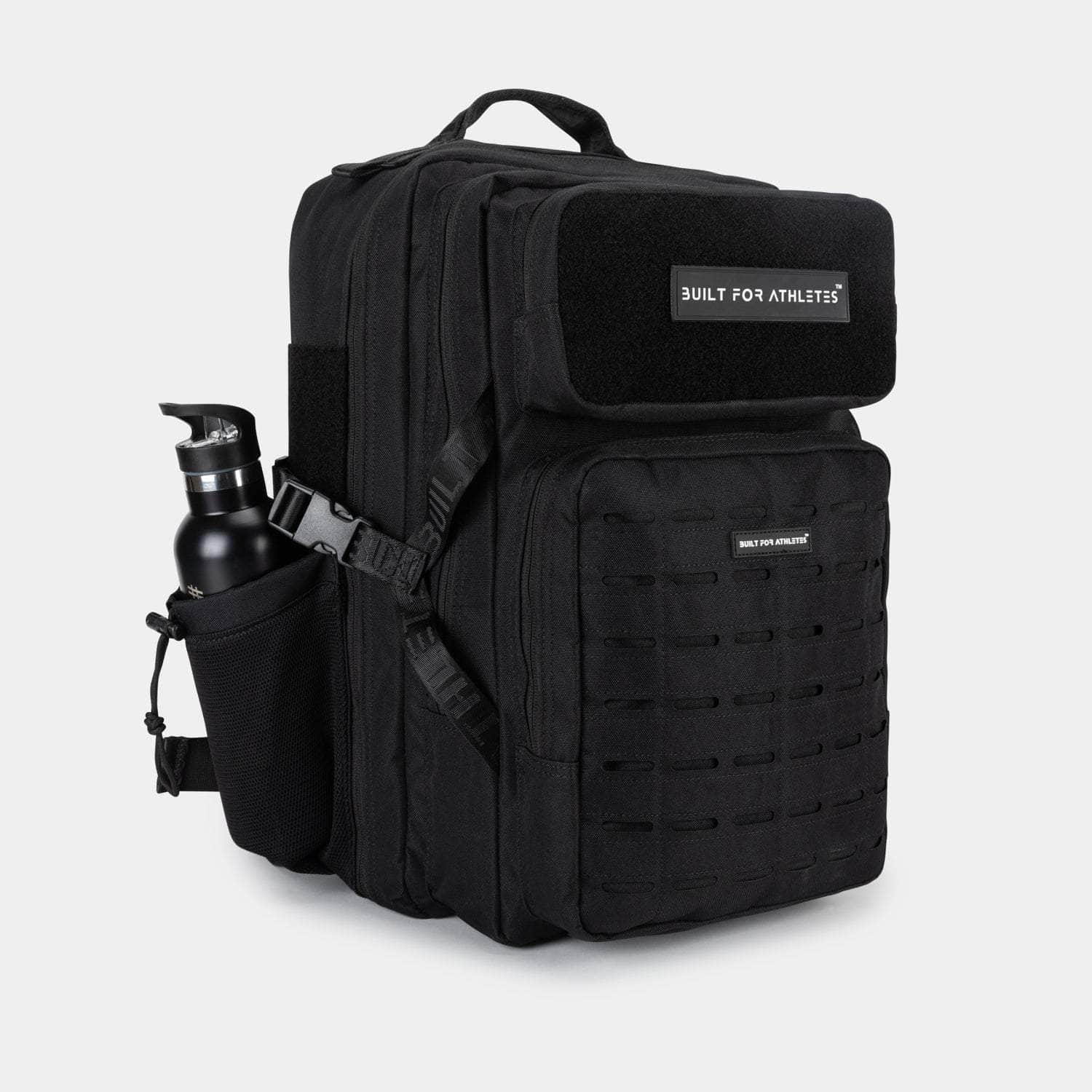





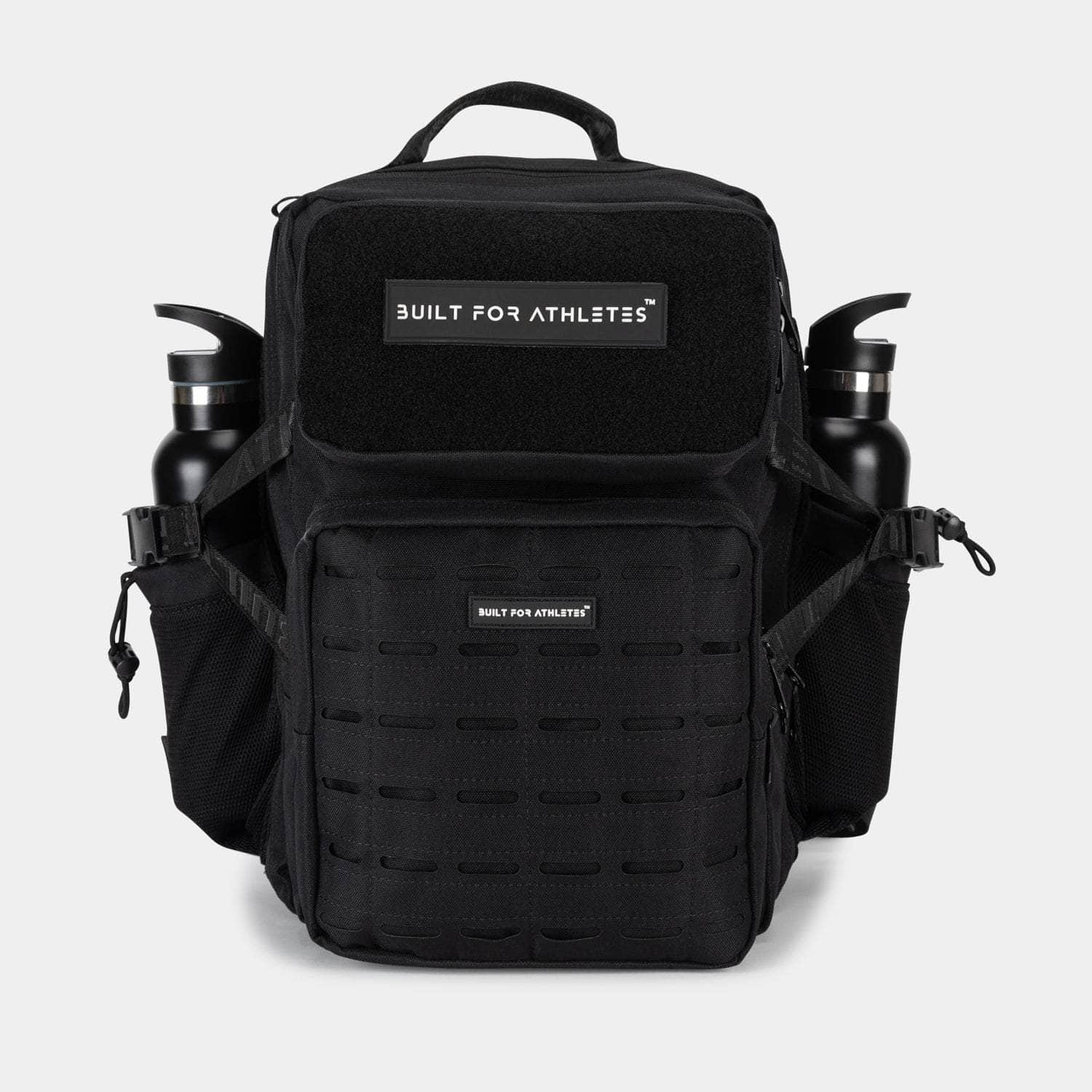


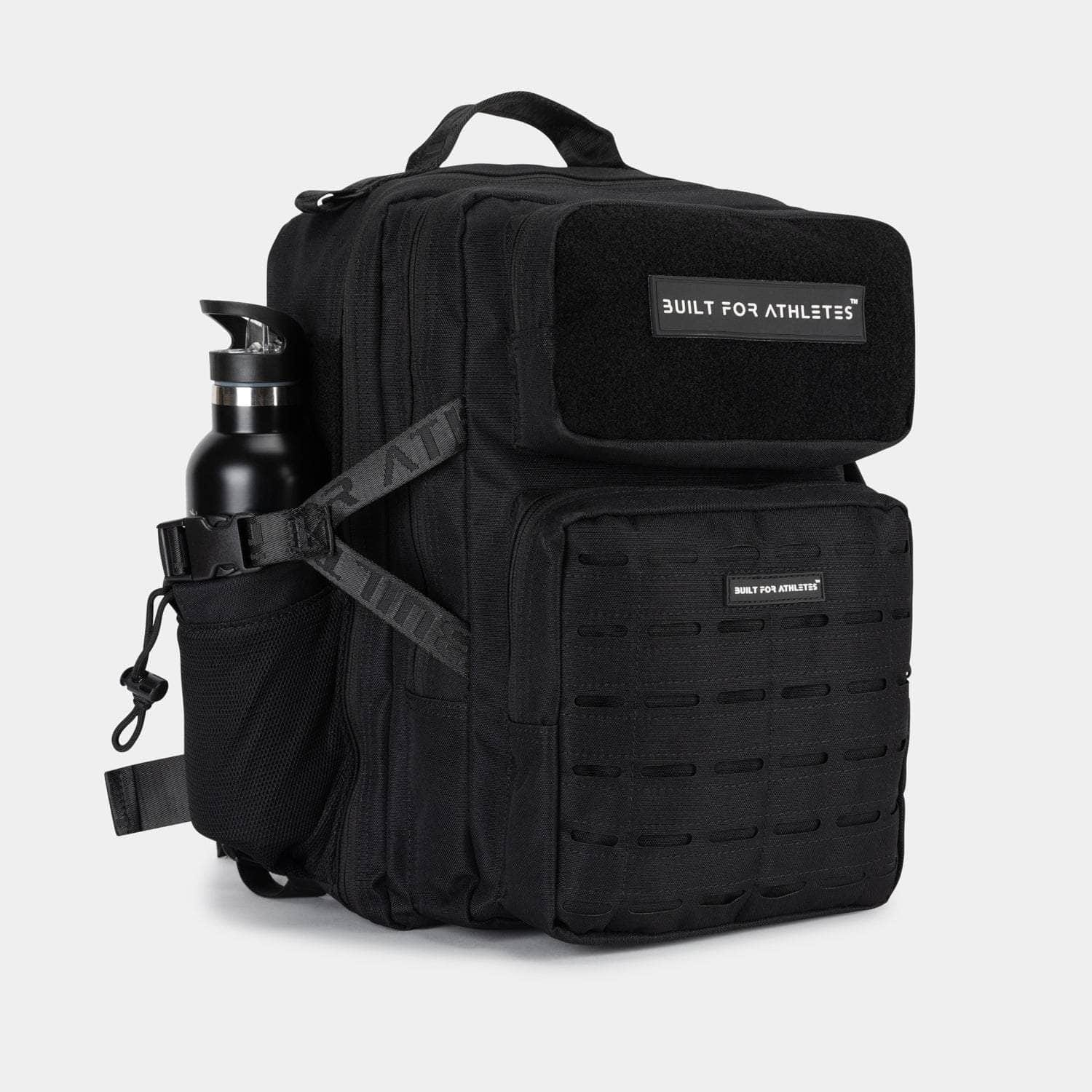



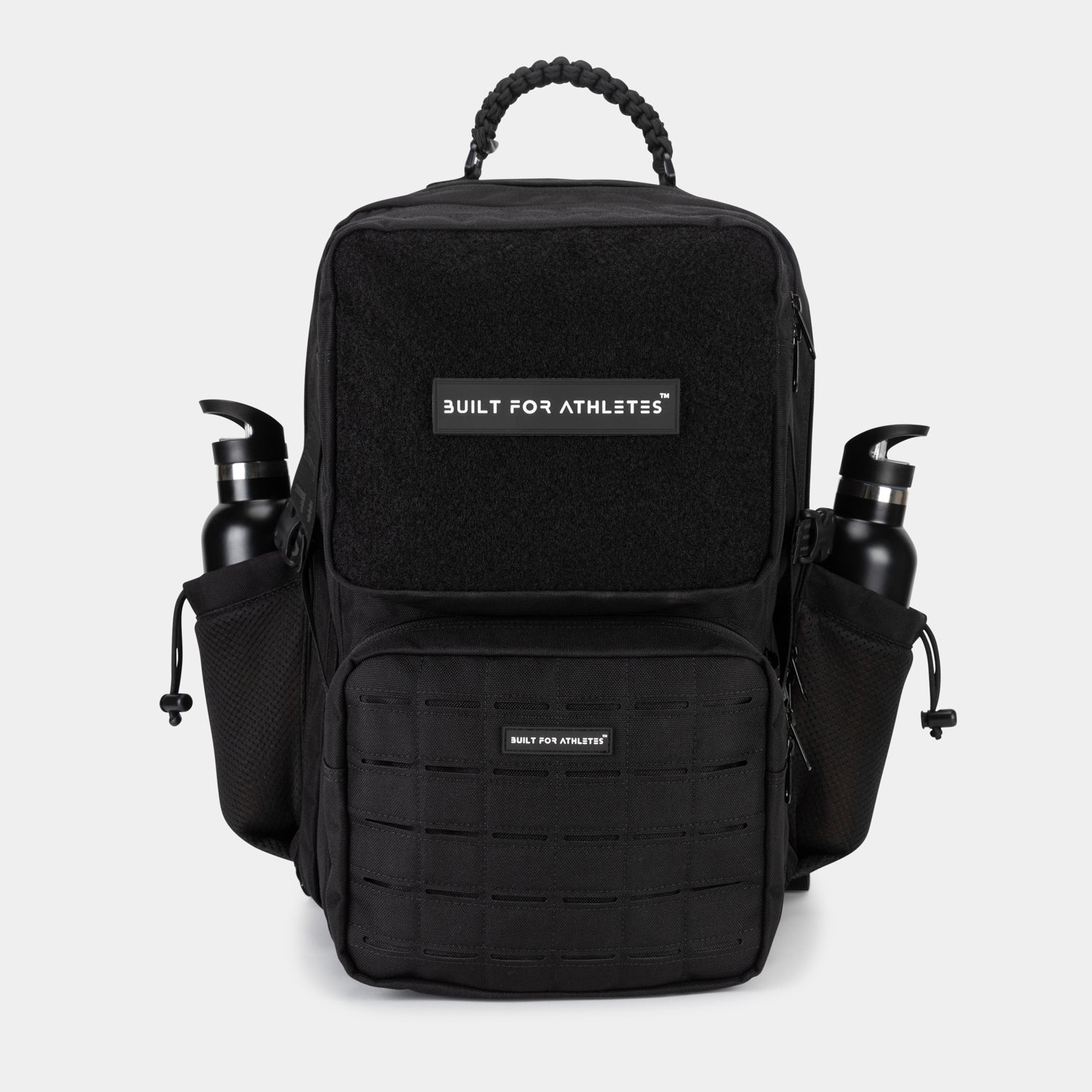

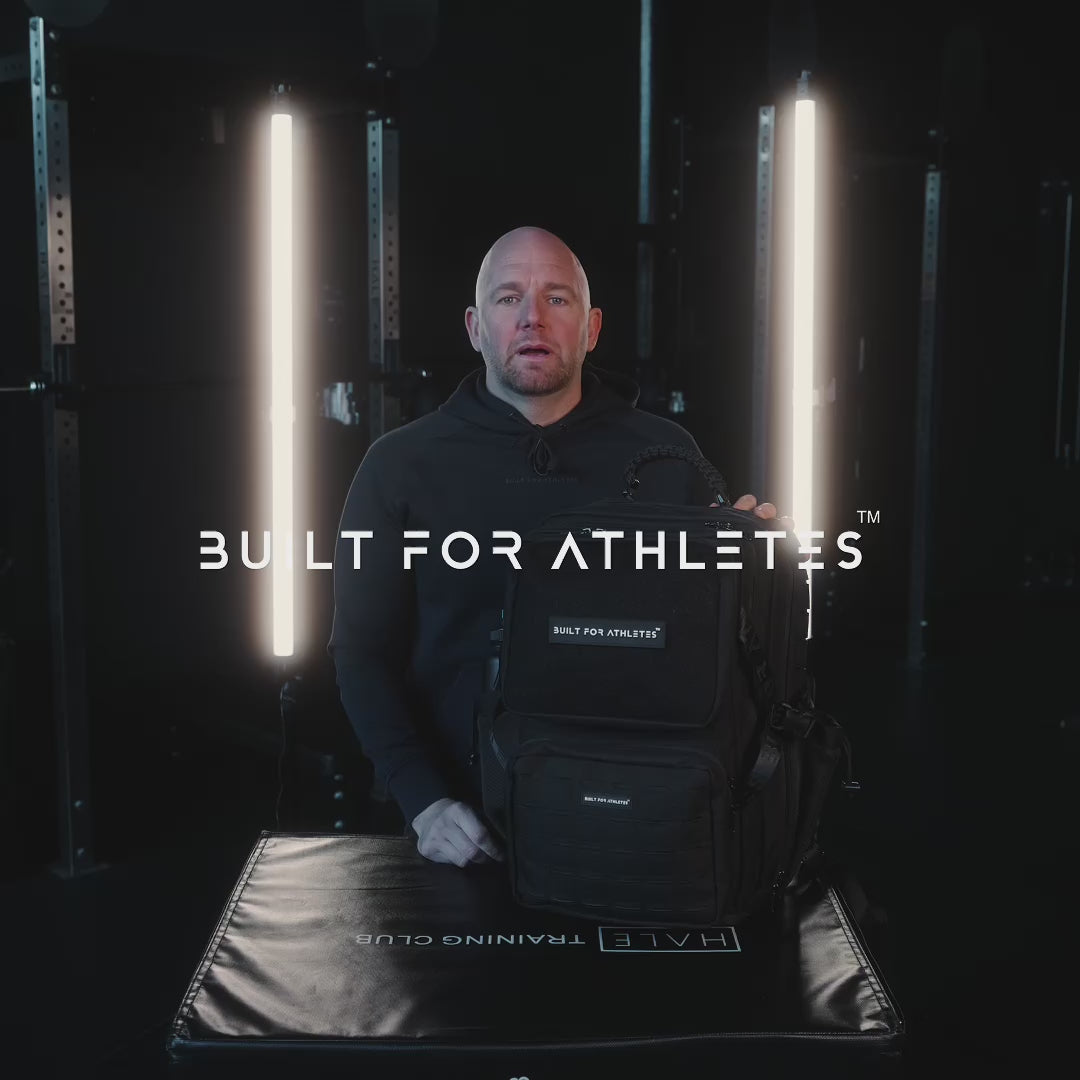









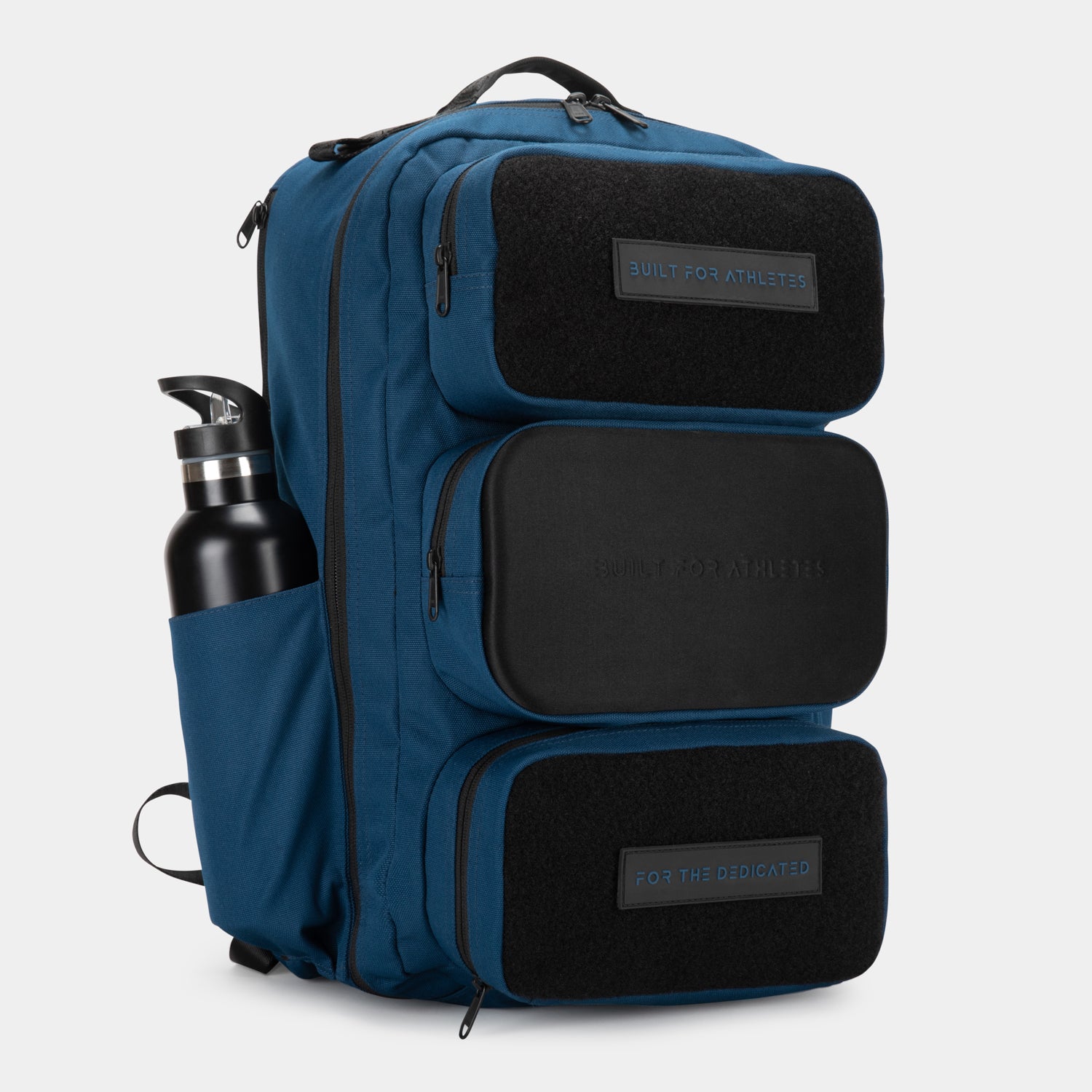
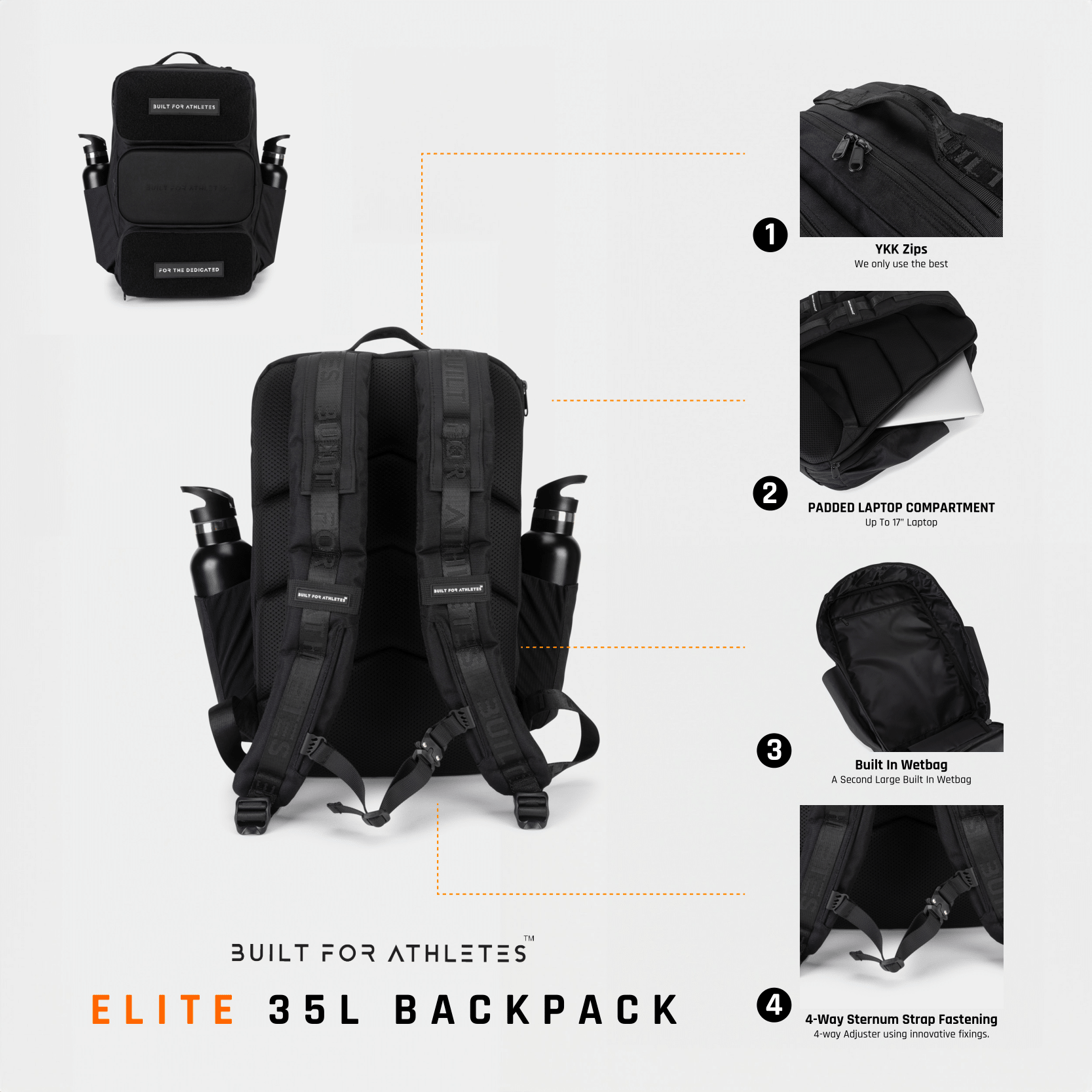






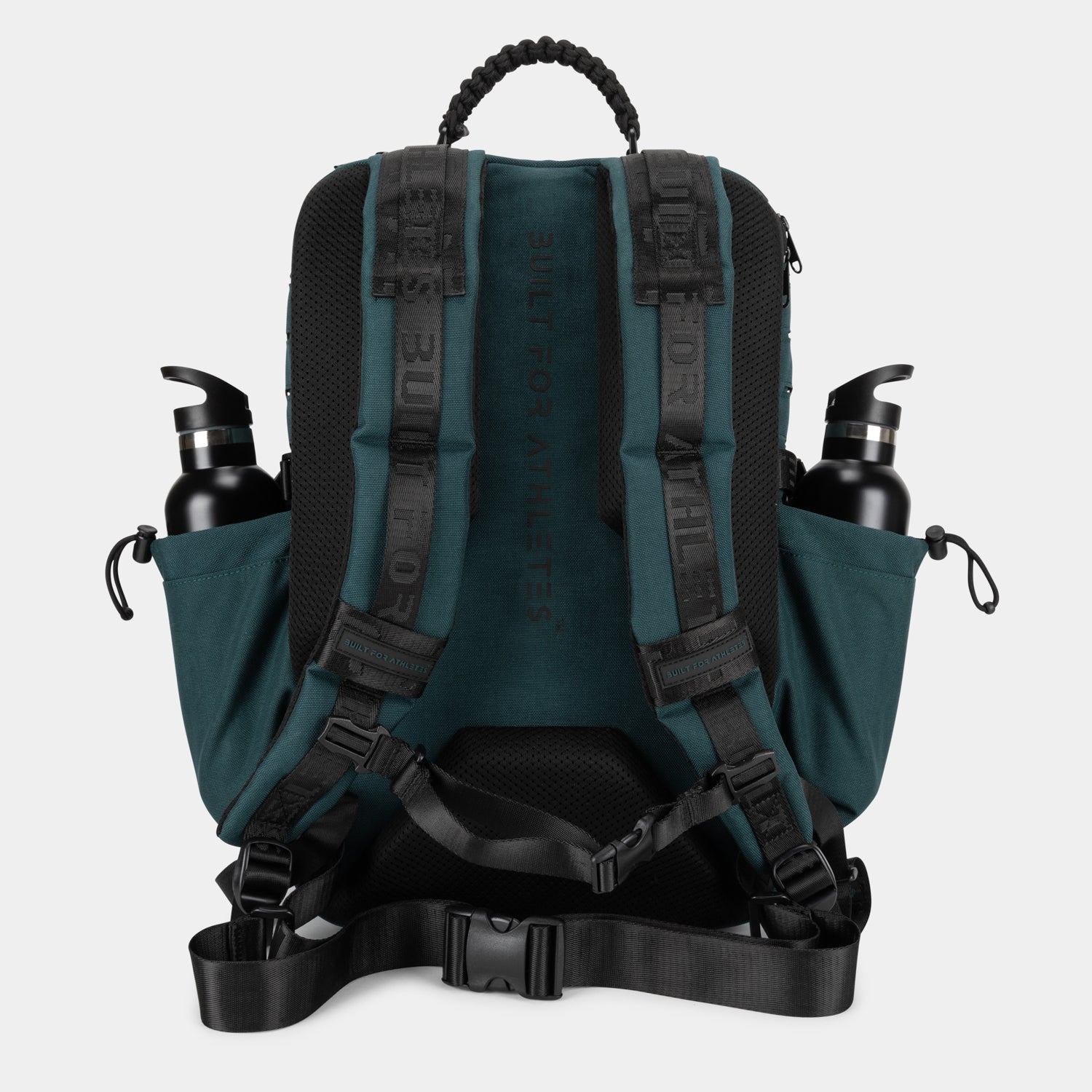
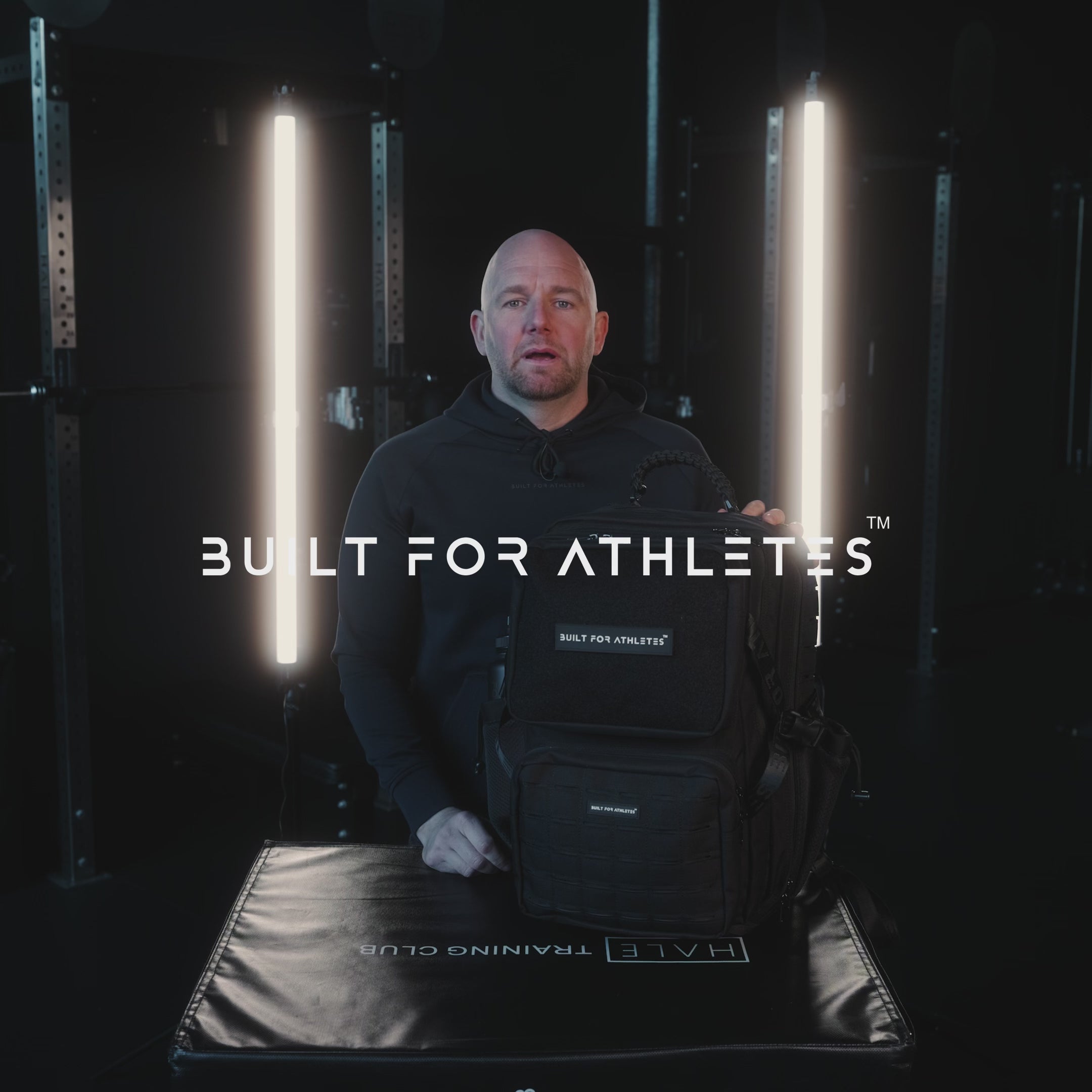
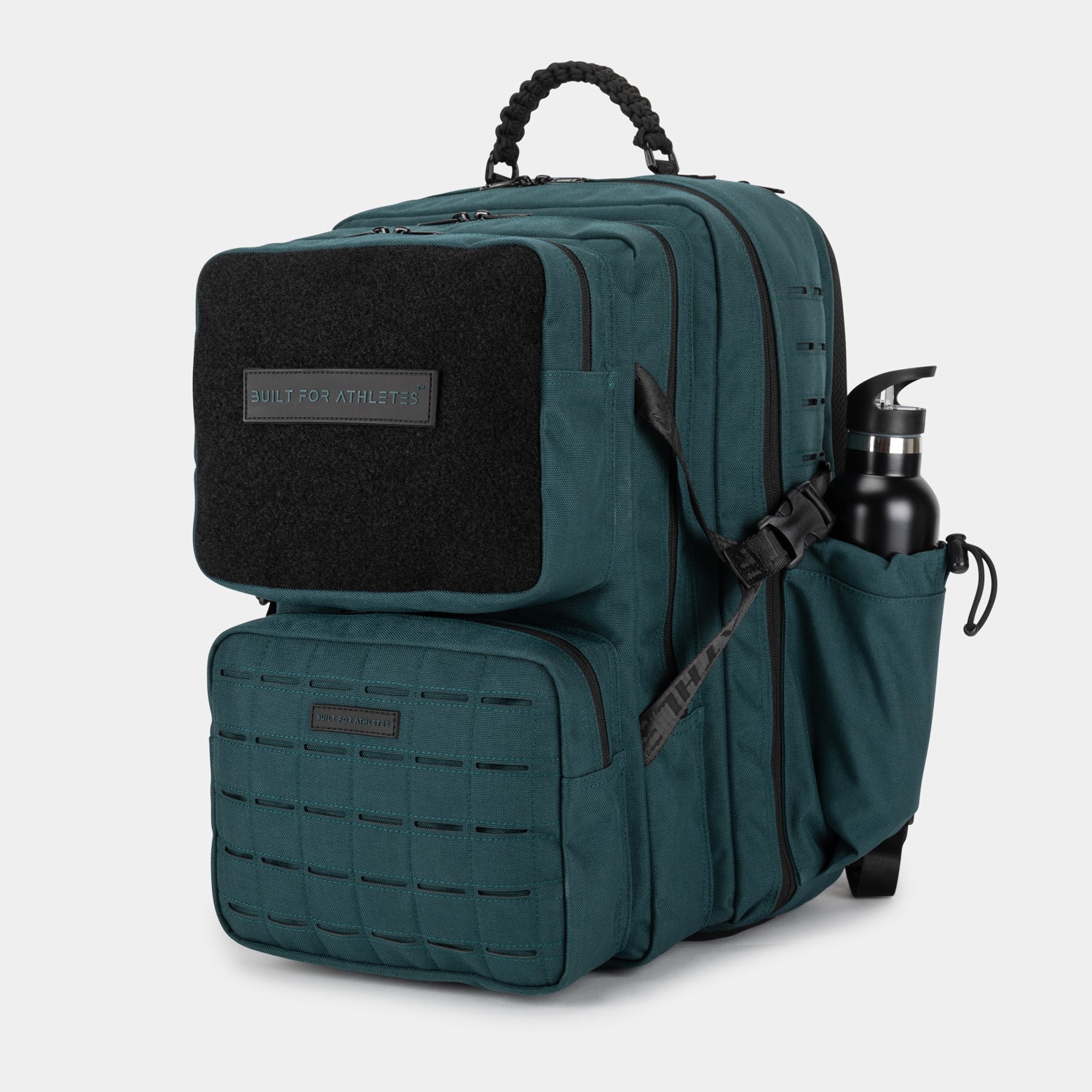
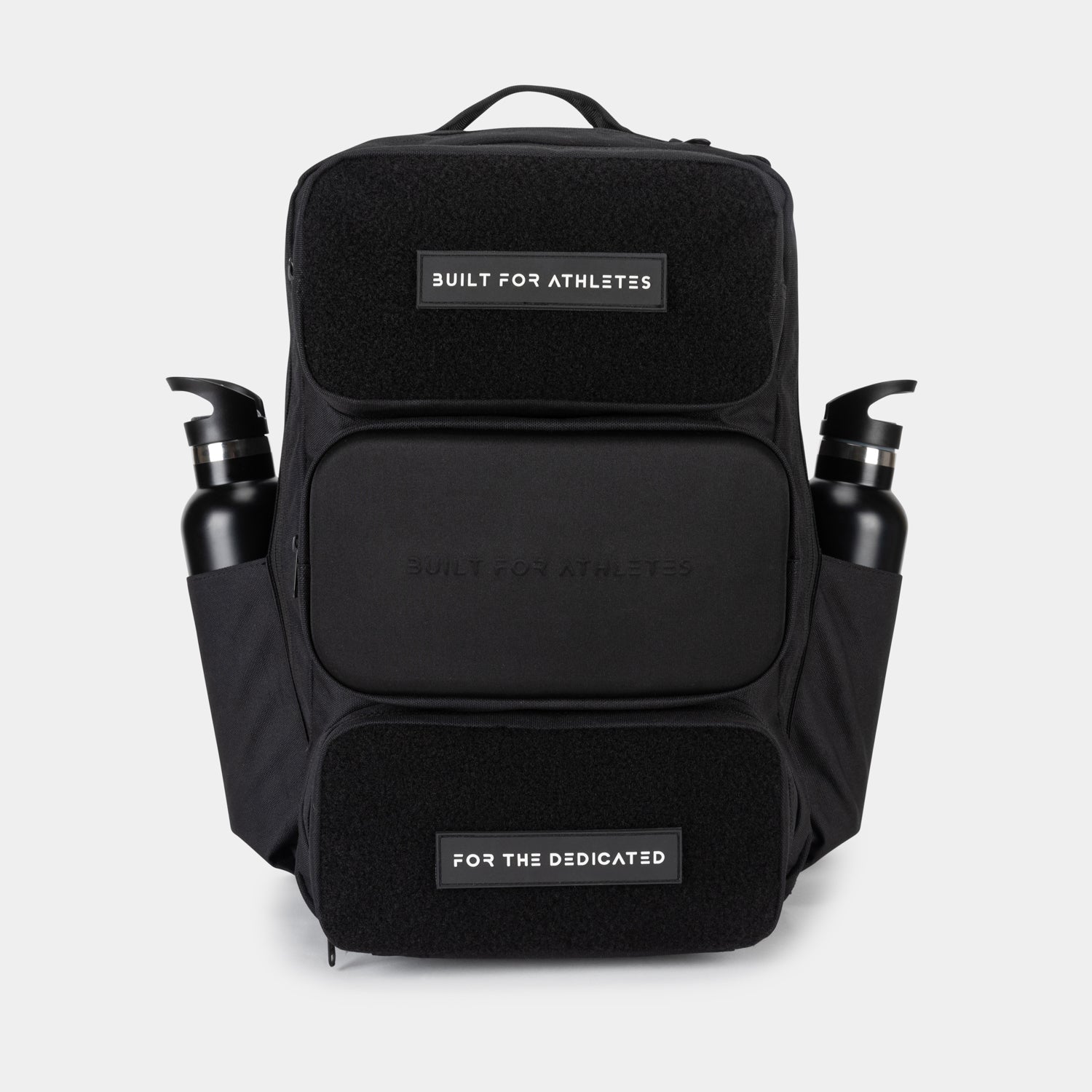
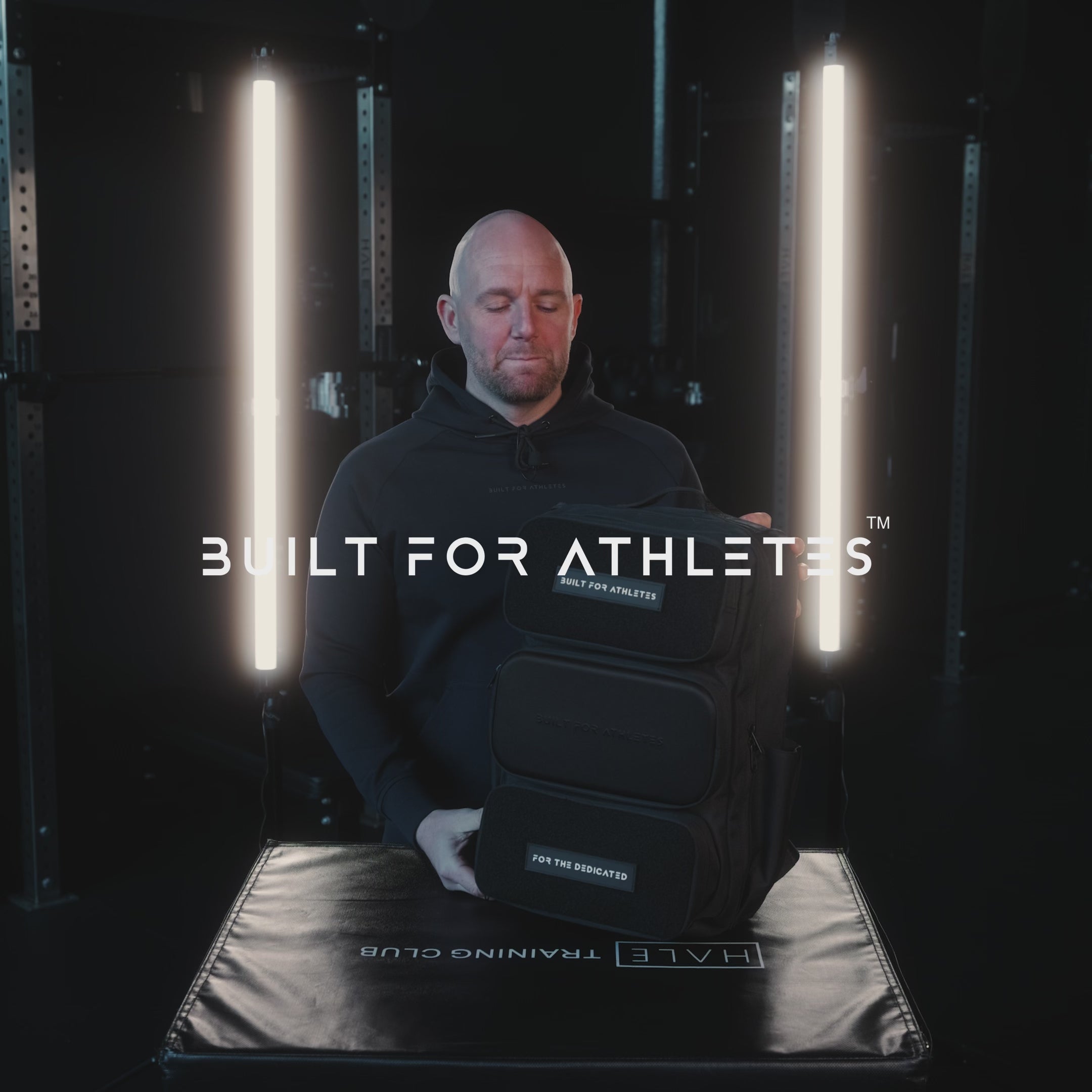
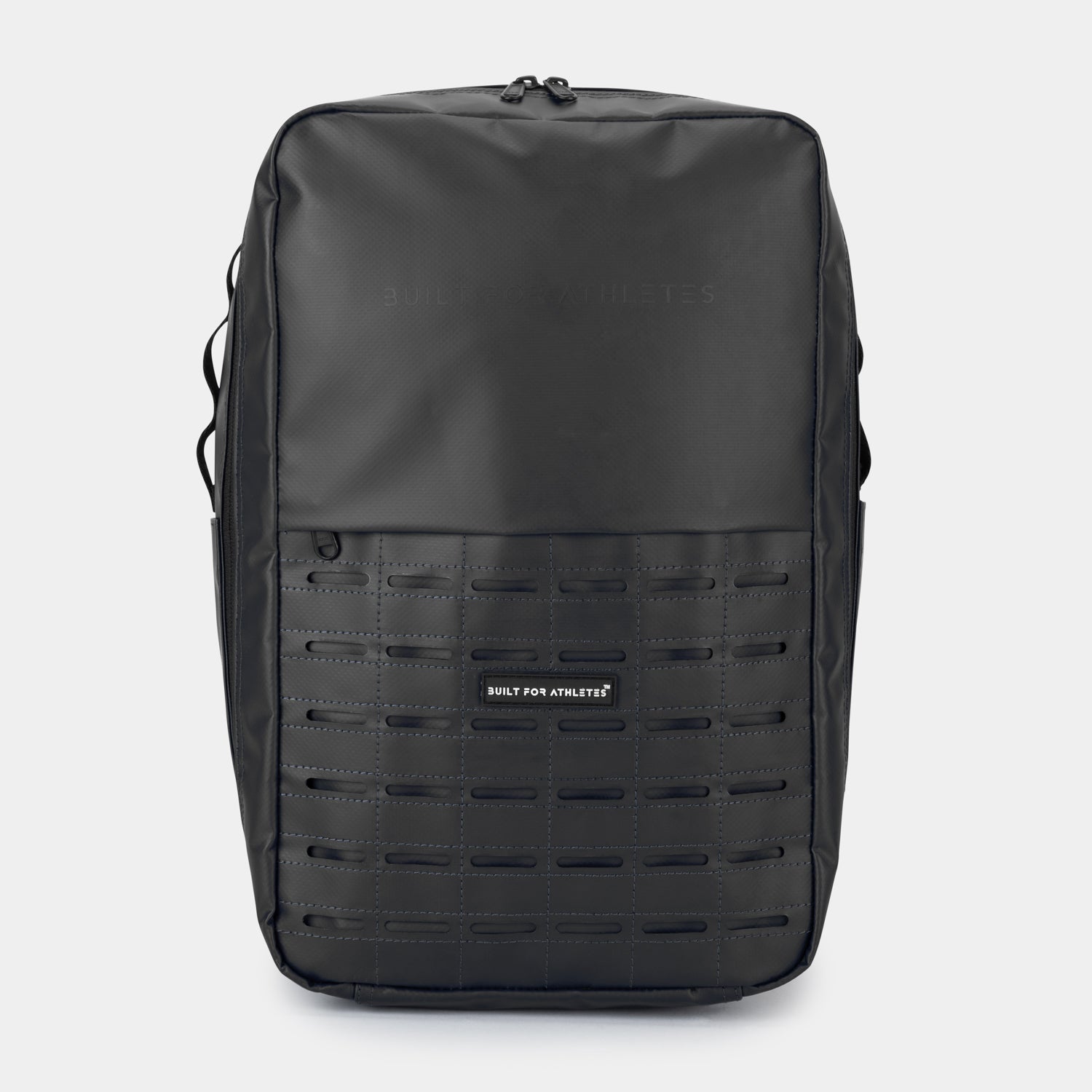


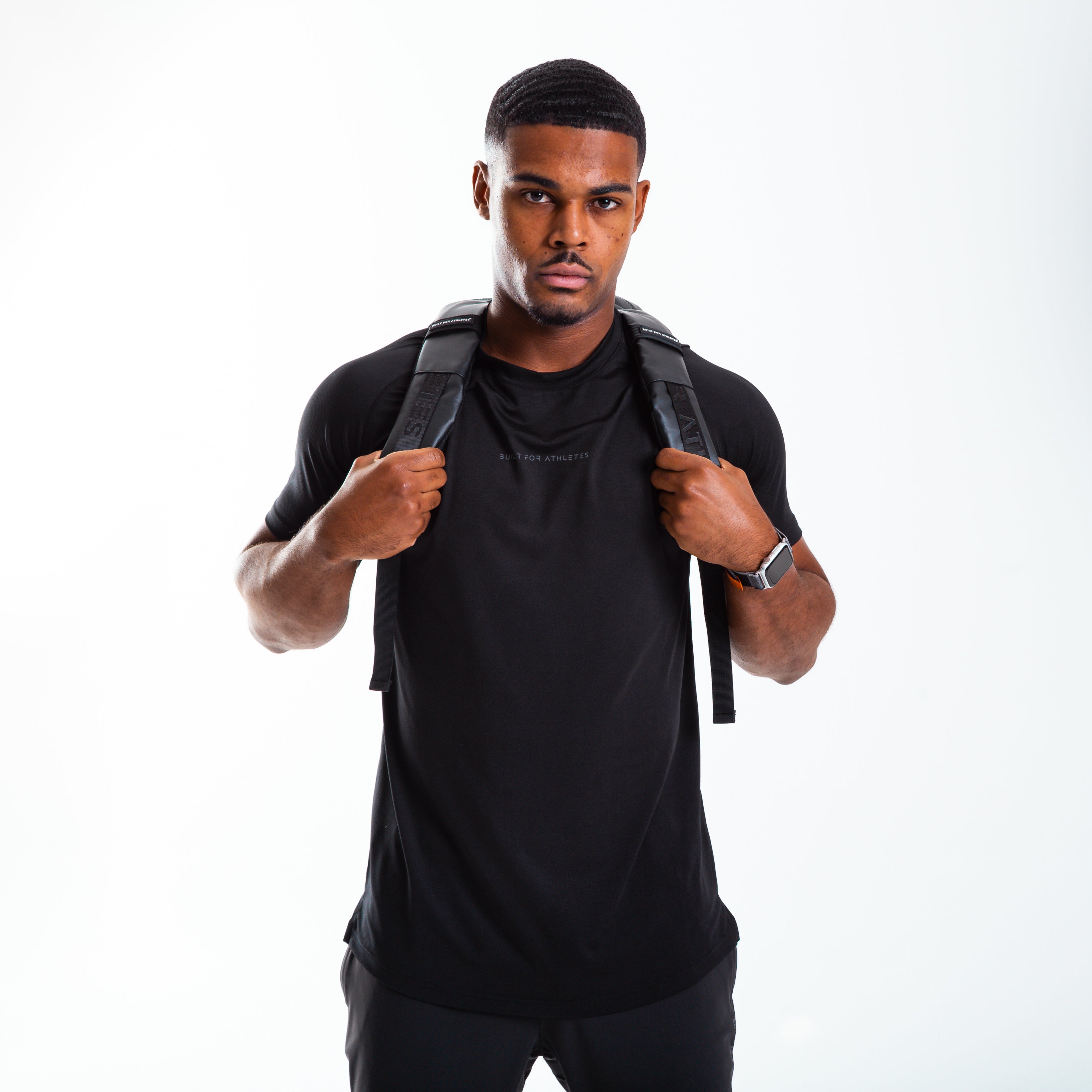



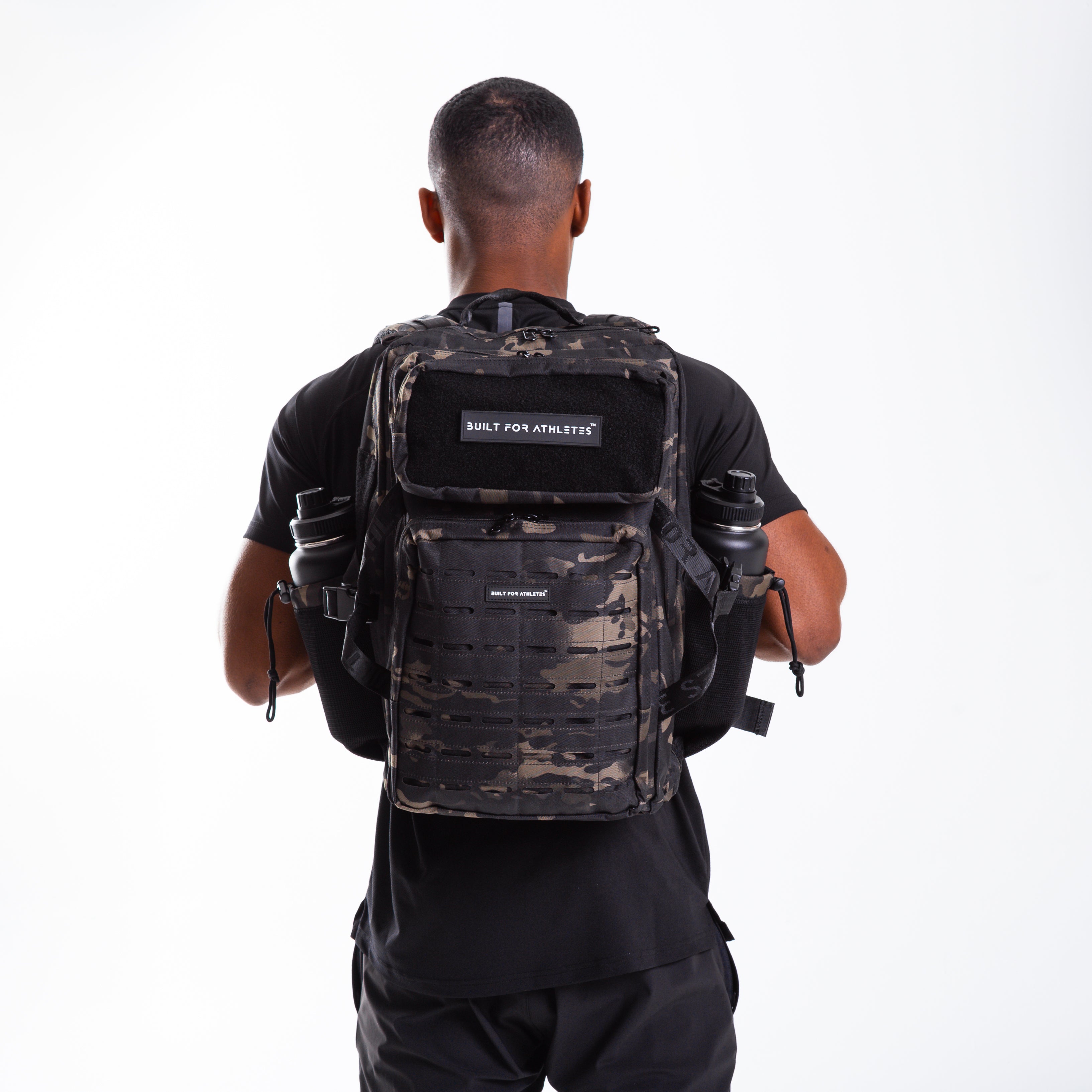

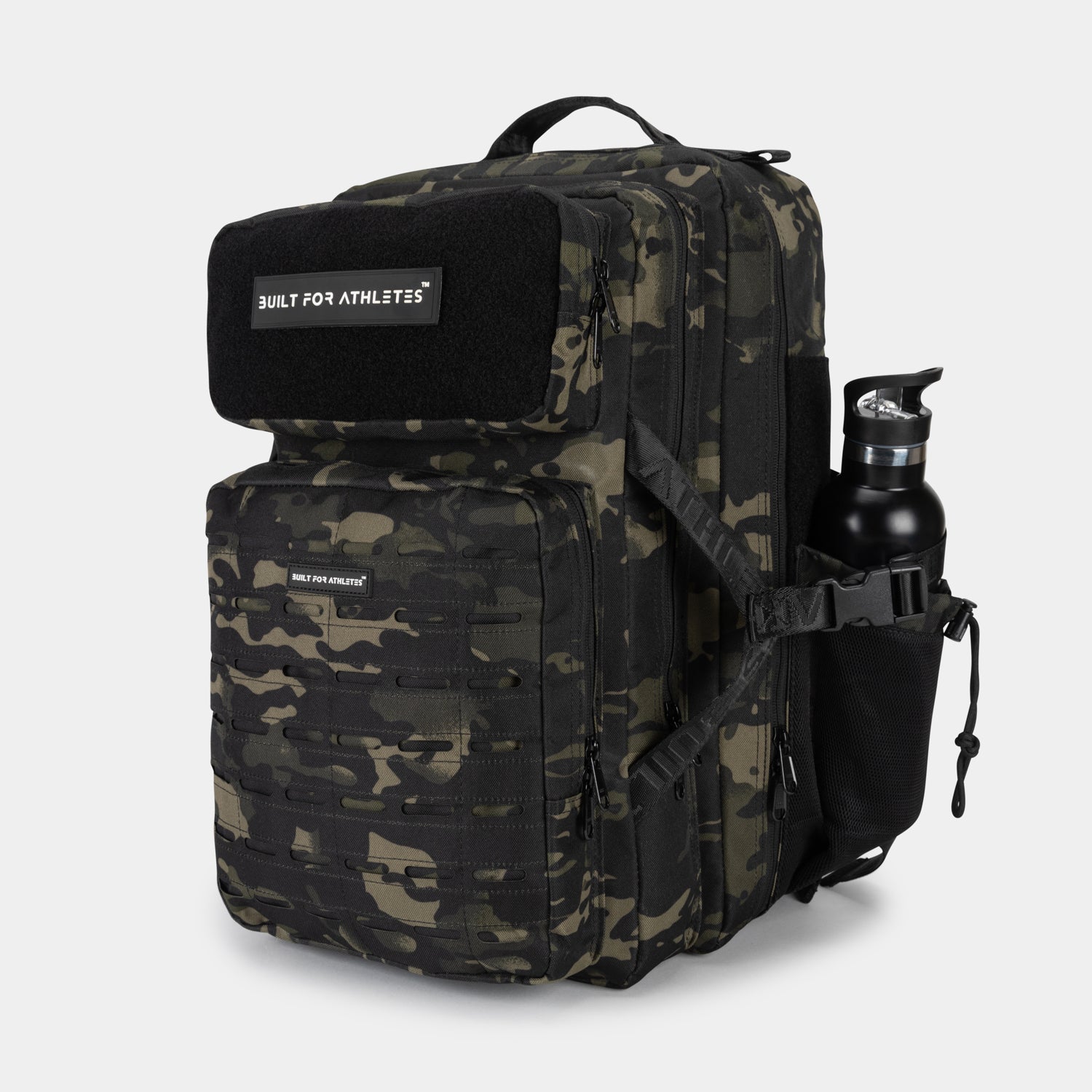
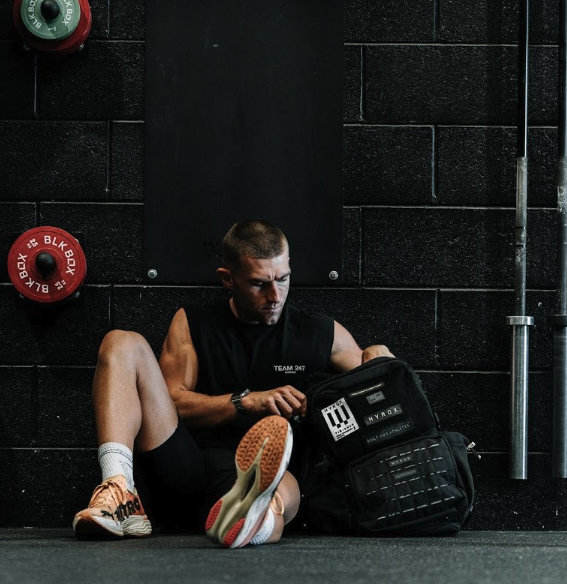
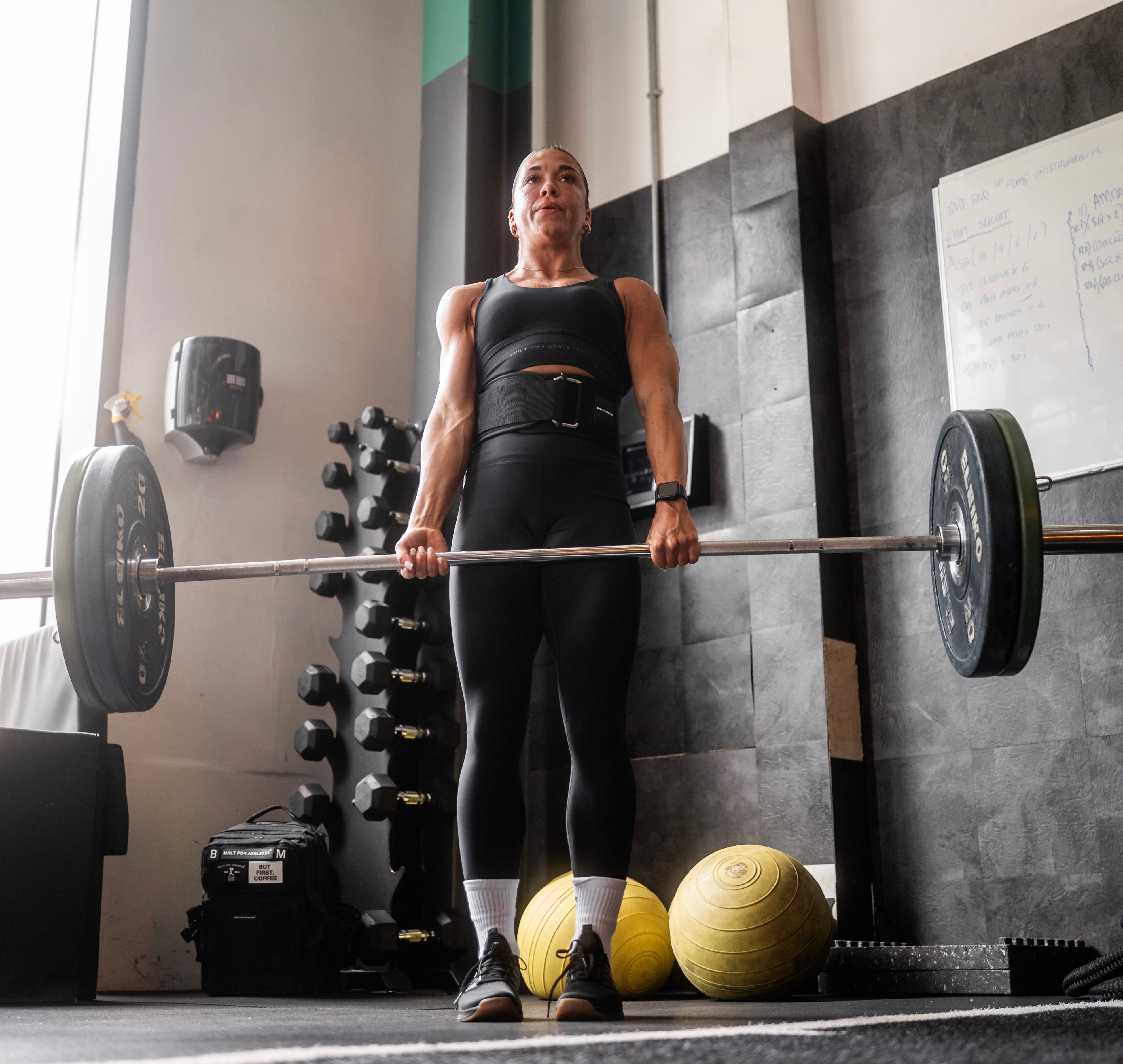
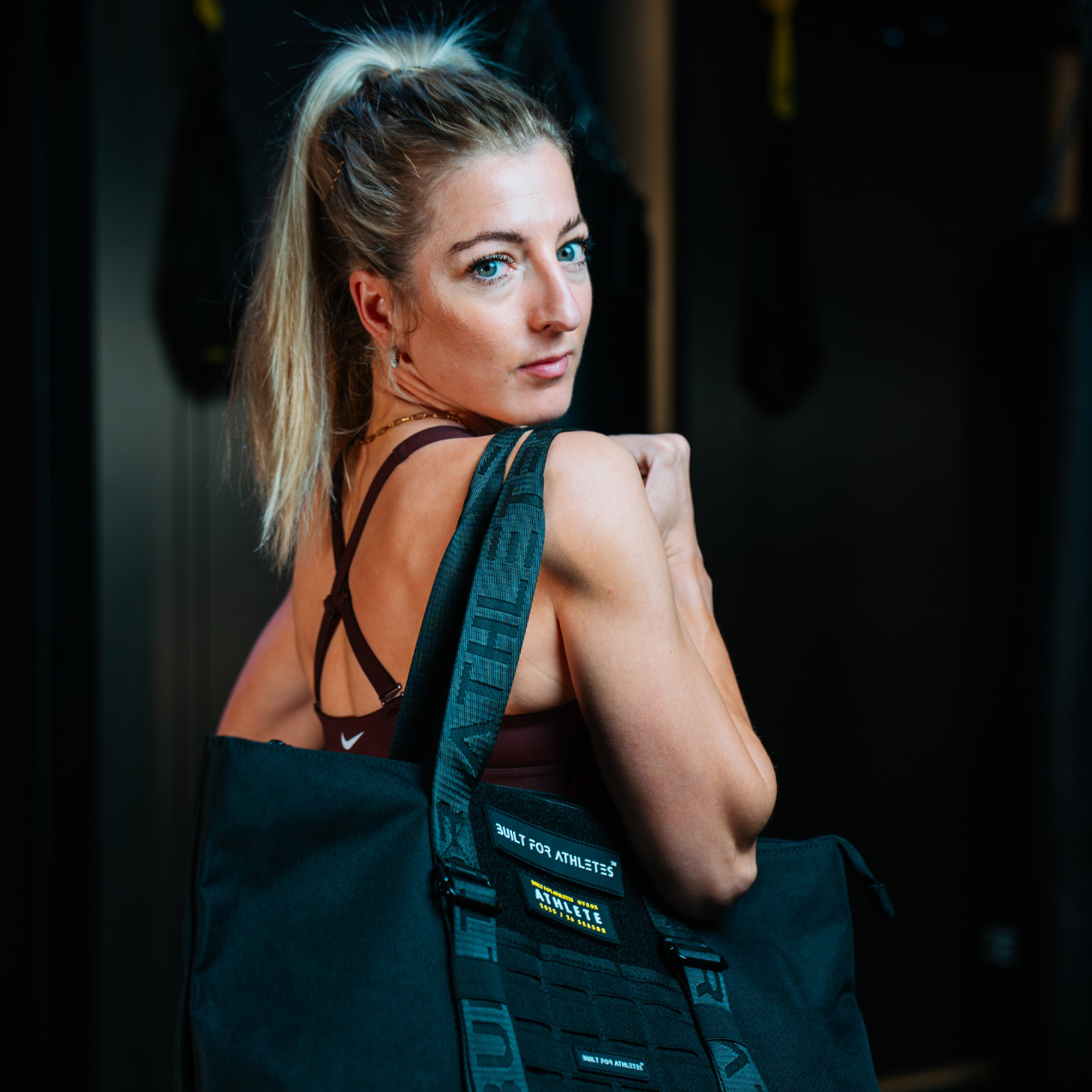
Share:
5 Ways To Measure If You’re Overtraining
What Is Functional Threshold Power?